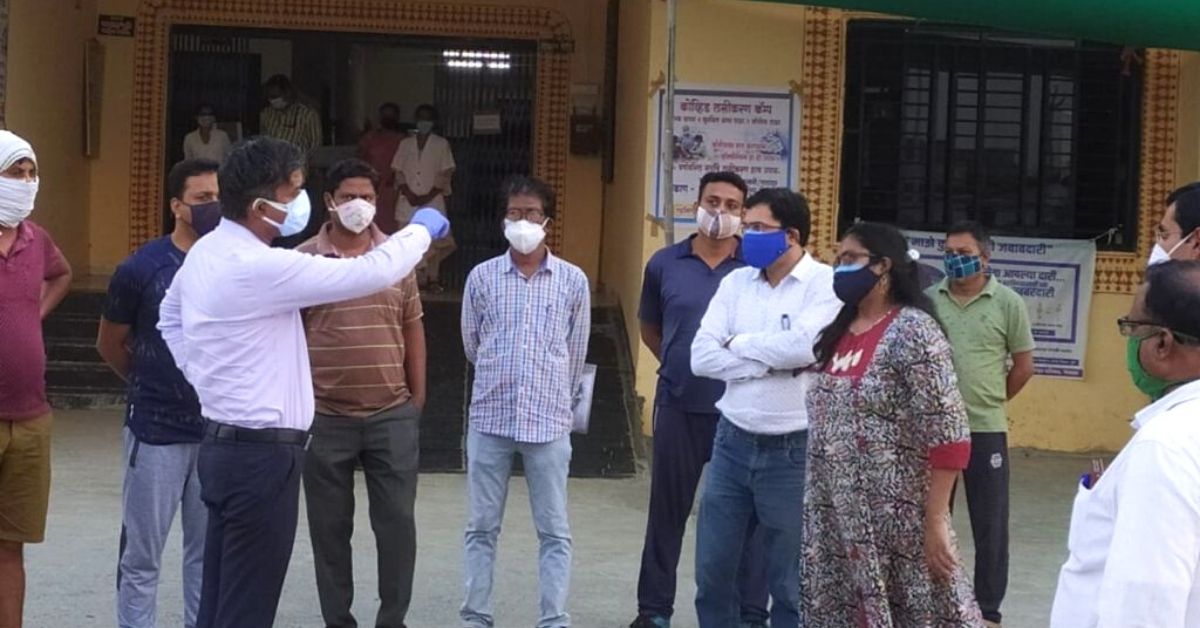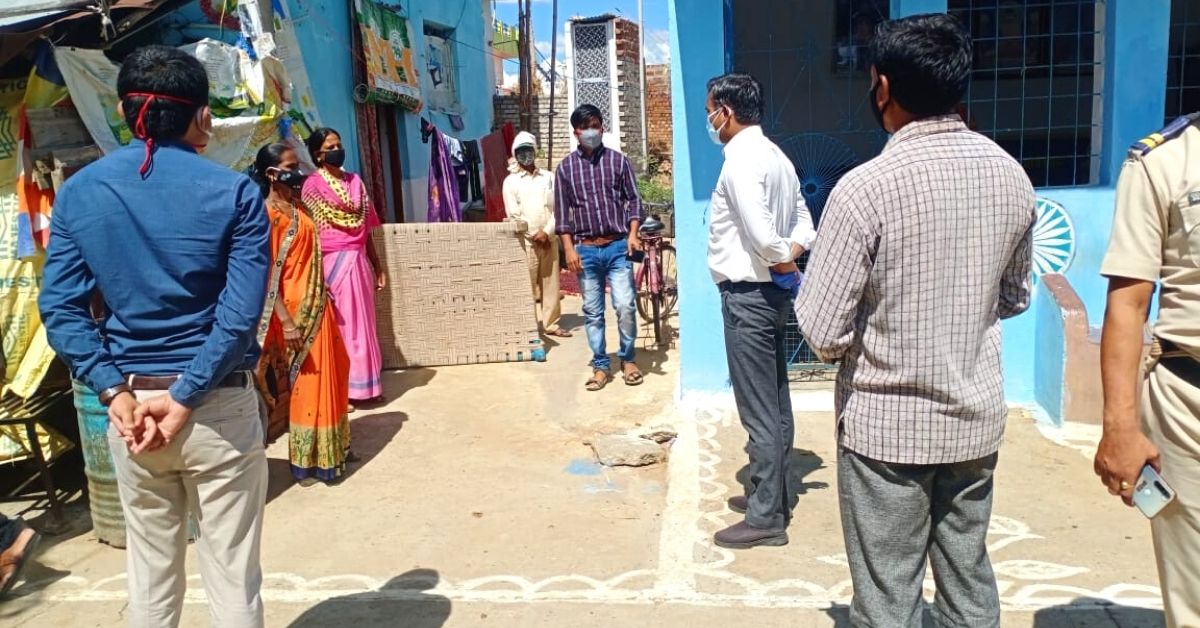Even amidst the devastating second wave of the pandemic, examples of COVID-19-free villages in different corners of the country emerged. The Bhandara district of Maharashtra, comprising 800 villages and a population of 13 lakh, has set a new record of becoming COVID-free on August 6.
The success has been made possible by an IAS officer who overcame the crisis and on-ground challenges during the second wave of the pandemic to become the first district in Maharashtra in achieving the COVID-free status.
Sandeep Kadam took charge as a District Collector in August 2020 during the pandemic and, in April, started observing a spike in cases.
The condition worsened to the extent that the district became one of the worst-hit areas of central India by May 2021.
“On 12 April, the district reported 1,596 new cases, and on 1 May, 35 patients died in a day. The number of patients was so high that the district converted schools, wedding halls, community centres and government institutes into COVID-19 centres,” Sandeep tells The Better India.
However, meticulous planning and strict management enabled the district to free the villagers from the bonds of COVID-19 in three months.
500 micro-containment zones

Micro-containment, relentless testing, tracing and treating of patients was what worked in favour of the district.
Speaking about how he achieved the feat, the 2008-batch IAS officer says, “The first step we took was to visit every village and conduct mass testing drives to check the community spread. Contact tracing does not yield too many results when the infection spreads among the masses. Hence, mass testing became our only solution.”
Sandeep says the second step was to isolate the infected patients immediately. “The testing resulted in exposing all possible threats. At one point, the positive rate spiked up to 52 per cent. All the patients came under immediate isolation for 2-3 weeks. This decision helped us contain the spread of coronavirus,” he adds.
Moreover, contact tracing helped in identifying the source of the infection. “It is difficult in a large number of cases, but we manage to identify if the sources were from within the district or outside,” Sandeep says.
He says that another unique move he took was creating micro-containment zones, even for a single patient. “The government norms mentioned creating micro-containment zones in areas or localities where more than five cases get reported. However, the administration decided to declare such zones even when a single person is found positive. It helped curb the spread of the virus within neighbourhoods,” Sandeep says, adding that at one point there were 500 such zones created in the district.
The IAS officer further says the police and administrative officials were deployed for round the clock implementation and monitoring of the guidelines. “We formed dedicated flying squads to visit micro-containment areas and ensure that residents co-operate,” he says.
Sandeep notes that such steps helped to achieve a steep drop in the new cases. “Additionally, massive vaccination campaigns and tackling vaccine hesitancy among locals, between March and April, must have helped build immunity among the residents, too,” he says.

The multiple steps helped the district administration record less than 100 cases in two months. “Though the cases and positivity rate dipped, we decided not to let our guard down. We observed how once the cases started reducing to 100, several governments relaxed norms. However, that is when we saw the opportunity to become a COVID-free district,” he explains.
Sandeep says that the strict measures continued until the last patient recovered. “We shifted to contact tracing as the case dropped further and continued with the micro-containment zones even for 10-15 patients. The move was to corner the virus and not allow any room for it to escape,” he adds.
“The overall process and never letting our guard down helped the district become COVID-free,” he says.
However, Sandeep adds that the task became difficult to manage as the district has no government medical college. “The college comes with the resources such as doctors, researchers and students. Its absence left the administration with limited assets. Also, there were senior officers across departments and government bodies who became infected overtime causing challenges to contain the spread of COVID-19,” he adds.
He says that despite achieving success and receiving appreciation, his focus is now on the eminent third wave. “We have made all the necessary arrangements of beds and oxygen supply. There are daily meetings to understand the preparations and make the system stronger to fight the disease,” he adds.
“People feel that the threat of COVID-19 has long gone, but they have to realise that it is still lurking in neighbouring districts. We will have to continue wearing masks and observe precautions for several days to come,” he says.
Edited by Yoshita Rao
No comments:
Post a Comment